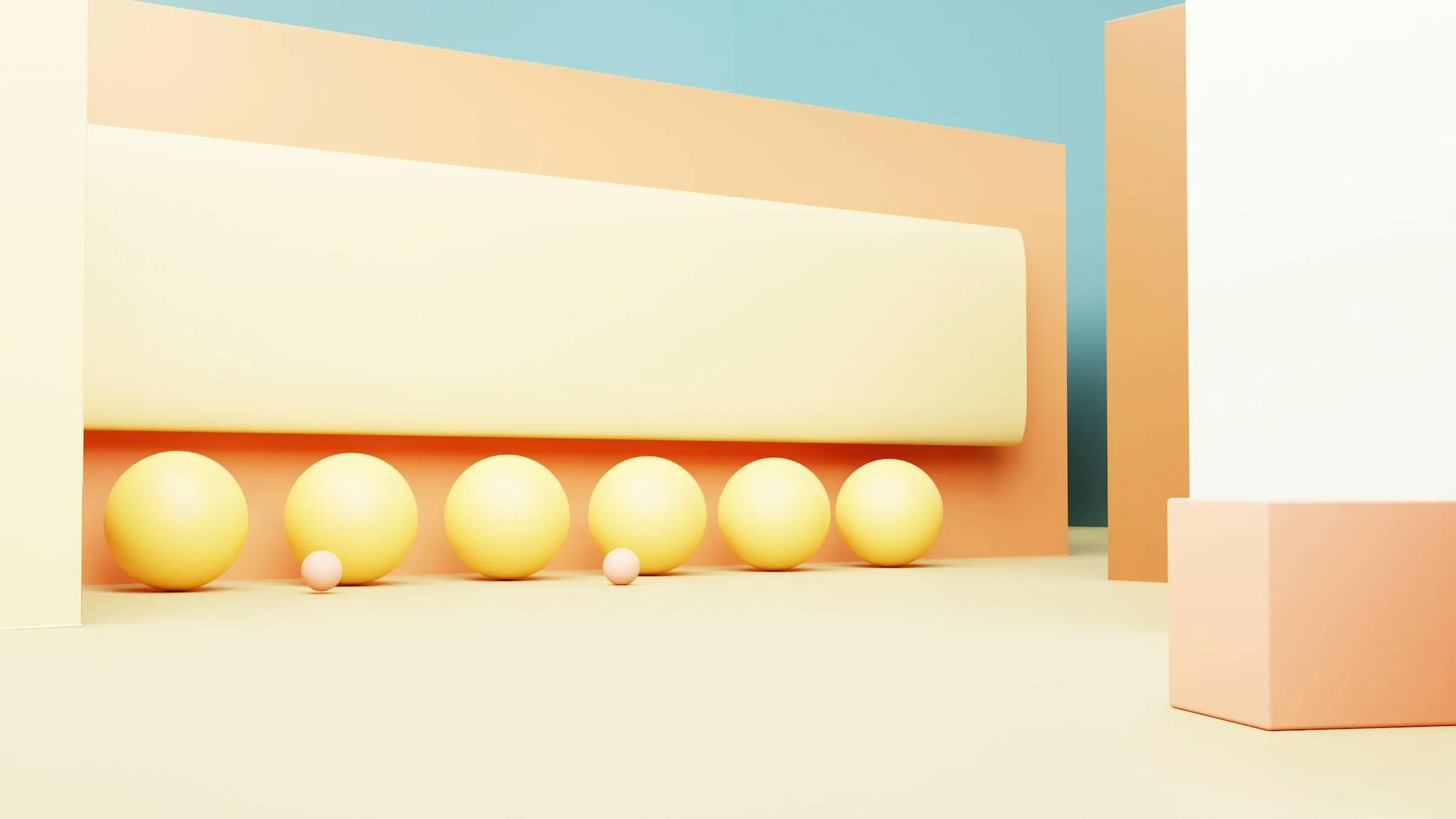The Intersection of Art and Technology in Creative Coding
In recent years, there has been a growing intersection between art and technology, giving rise to a new field known as creative coding. Creative coding is a practice that combines programming and artistic expression to create interactive and visually captivating digital experiences. This emerging field has opened up a world of possibilities for artists, designers, and technologists to collaborate and push the boundaries of traditional art forms. In this blog post, we will explore the fascinating world of creative coding, its applications, and the impact it has on the art and technology landscape.
What is Creative Coding?
Creative coding is the process of using programming languages and software tools to create interactive and generative art. It involves writing code that generates visuals, animations, and other forms of digital media. Unlike traditional art forms, creative coding allows artists to create dynamic and interactive experiences that respond to user input or real-time data.
At the heart of creative coding is the use of programming languages such as Processing, openFrameworks, or p5.js. These languages provide artists with the tools and frameworks necessary to create visually stunning and interactive artworks. By combining code with art, artists can explore new ways of expression and engage with their audience in unique and immersive ways.
The Evolution of Creative Coding
Creative coding has its roots in the early days of computer art, which emerged in the 1960s and 1970s. Artists like Vera Molnár and Manfred Mohr began exploring the possibilities of using algorithms and computer-generated imagery to create art. However, it wasn't until the 1990s that creative coding started gaining traction with the advent of personal computers and accessible programming languages.
With the rise of the internet and the increasing availability of powerful hardware and software, creative coding has become more accessible than ever before. Artists and designers now have access to a wide range of tools and resources that allow them to experiment and create interactive digital art. This accessibility has led to a surge in interest and participation in the field, with creative coding communities and festivals popping up around the world.
Applications of Creative Coding
Creative coding has found applications in various fields, including art installations, data visualization, interactive design, and even live performances. Let's explore some of the exciting ways in which creative coding is being used today:
-
Art Installations: Creative coding has revolutionized the world of art installations. Artists can now create immersive and interactive experiences that respond to user input or environmental factors. For example, Rafael Lozano-Hemmer's "Pulse Room" uses creative coding to synchronize the pulse of participants with the light intensity in a room, creating a mesmerizing visual display.
-
Data Visualization: Creative coding allows for the exploration and representation of complex data sets in visually engaging ways. Artists and designers can use code to create interactive data visualizations that make information more accessible and engaging. The "Gapminder" project by Hans Rosling is a great example of how creative coding can be used to visualize data and tell compelling stories.
-
Interactive Design: Creative coding has transformed the field of interactive design. From interactive websites to mobile applications, creative coding enables designers to create engaging and interactive user experiences. The use of code allows for dynamic and responsive designs that adapt to user input and provide a more immersive experience.
-
Live Performances: Creative coding has also made its way into live performances, blurring the lines between art and technology. Artists and musicians can use code to create real-time visuals that synchronize with music or other performances. The "Daito Manabe + Rhizomatiks Research" group is known for their innovative use of creative coding in live performances, creating stunning audio-visual experiences.
The Impact of Creative Coding
The intersection of art and technology in creative coding has had a profound impact on both the art and technology landscapes. Here are a few ways in which creative coding has influenced these fields:
-
New Art Forms: Creative coding has given rise to new art forms that were previously unimaginable. Artists can now create dynamic and interactive artworks that engage the audience in ways that traditional art forms cannot. This has expanded the definition of art and opened up new avenues for artistic expression.
-
Collaboration: Creative coding has facilitated collaboration between artists, designers, and technologists. By bringing together individuals from different disciplines, creative coding has sparked new ideas and innovative approaches to art and technology. Collaborative projects often result in groundbreaking works that push the boundaries of creativity.
-
Education: Creative coding has become an integral part of art and technology education. Many educational institutions now offer courses and workshops on creative coding, allowing students to explore the artistic and technical aspects of the field. This integration of art and technology in education prepares students for the increasingly digital and interconnected world.
-
Democratization of Art: Creative coding has democratized art by making it more accessible and inclusive. With the availability of open-source tools and online resources, aspiring artists and designers can learn and experiment with creative coding without the need for expensive equipment or formal training. This has led to a more diverse and vibrant art community.
Conclusion
The intersection of art and technology in creative coding has given birth to a new era of artistic expression. Artists and designers can now harness the power of code to create interactive and visually captivating digital experiences. Creative coding has expanded the possibilities of art, blurring the lines between traditional art forms and technology. As the field continues to evolve, we can expect even more groundbreaking works that challenge our perceptions of art and push the boundaries of creativity. So, whether you're an artist, a designer, or simply an enthusiast, consider exploring the fascinating world of creative coding and unlock your creative potential.
